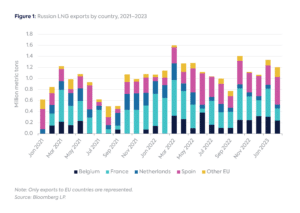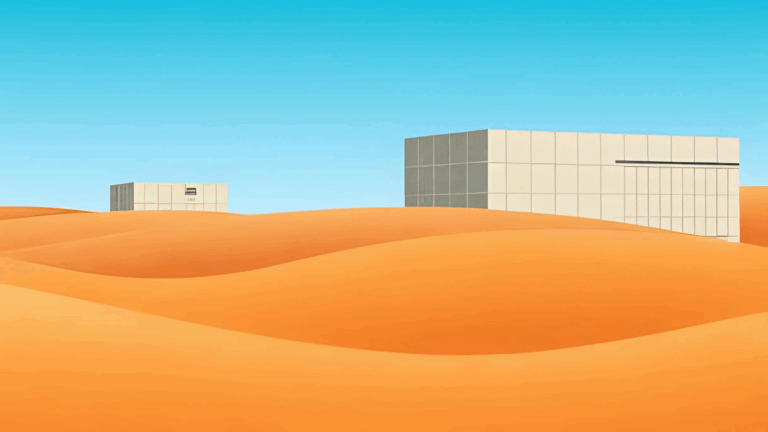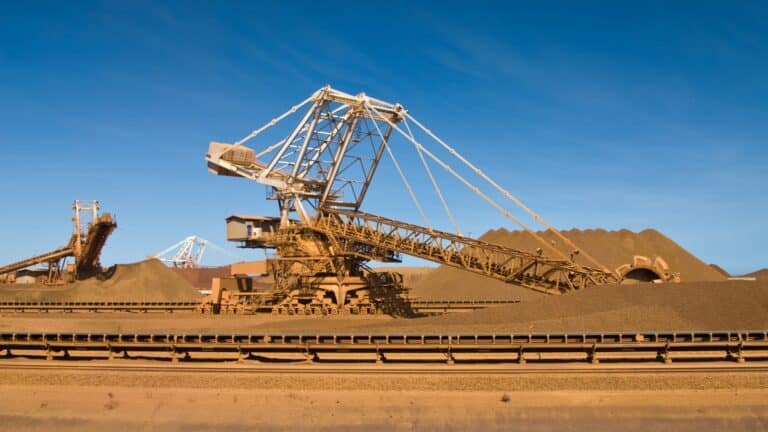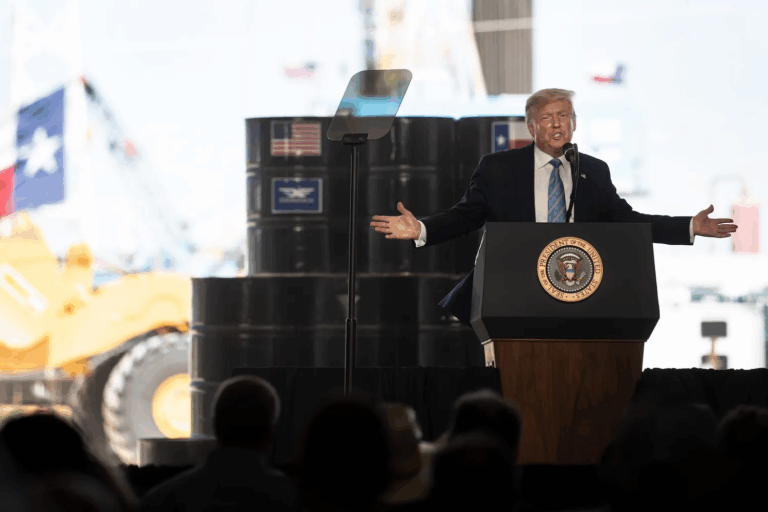Power prices are expected to soar under new tax cut and spending law
In states without policies to drive renewable energy, power prices could surge as federal tax incentives for clean energy disappear, according to Energy Innovation, a think tank.
Current Access Level “I” – ID Only: CUID holders, alumni, and approved guests only
Insights from the Center on Global Energy Policy
This Energy Explained post represents the research and views of the author. It does not necessarily represent the views of the Center on Global Energy Policy. The piece may be subject to further revision. Contributions to SIPA for the benefit of CGEP are general use gifts, which gives the Center discretion in how it allocates these funds. Rare cases of sponsored projects are clearly indicated.
For a full list of financial supporters of the Center on Global Energy Policy at Columbia University SIPA, please visit our website at Our Partners. See below a list of members that are currently in CGEP’s Visionary Circle. This list is updated periodically.
Entering spring 2023, European Union (EU) countries are looking at a more reassuring gas picture. The winter is almost over, significant flows of liquefied natural gas (LNG) are still coming to Europe, and most importantly, gas prices have dropped considerably from the highs of up to $100 per million British thermal units (mmBtu) in 2022 to around $13–15/mmBtu as of early April 2023.
While higher LNG imports helped EU countries compensate for lower Russian pipeline gas supplies in 2022, ironically, some of this LNG is Russian (Figure 1). EU countries—particularly Belgium, France, the Netherlands, and Spain—increased Russian LNG imports by around a third in 2022, to 19 billion cubic meters (bcm).[1]

With this as the backdrop, European politicians have started talking about restricting Russian LNG, proposing that EU governments should be able to temporarily limit upfront bidding for capacity for Russian LNG deliveries.[2] This move was preferred to sanctions, which require unanimity among EU countries. The United Kingdom and Lithuania stopped importing Russian LNG in 2022. Germany firmly declared that no Russian LNG would be regasified in its terminals.[3]
The EU seems on track to end its Russian gas dependency by 2027. Based on current flows, combined Russian pipeline gas and LNG in 2023 would be around 40 bcm per year (bcm/y), equivalent to around 25 percent of the levels in 2021 or 11 percent of estimated EU gas demand.[4]
The question is whether this trend of reducing dependence on Russian gas can be accelerated without hurting Europe. Fatih Birol, executive director of the International Energy Agency (IEA), recently noted that “we are not out of the woods yet” with gas markets still looking considerably tight in 2023. He warned that a combination of factors could tip the balance again toward high gas spot prices.[5]
Stopping Russian LNG imports could result in various outcomes for global gas markets, from relatively benign to potentially disruptive. These include:
Russia may very well decide to make a further cut in gas supplies to Europe, regardless of whether EU countries initiate any measures. The dilemma for European leaders is whether to preempt these potential cuts by restricting Russian gas flows. Preparedness is essential. This was certainly on European leaders’ minds as they decided to extend the 15 percent demand reduction (60 bcm) against a five-year average[7] for the period April 2023 to March 2024.[8] Faster deployment of renewables and heat pumps, along with continuous energy saving and efficiency measures, will play a role, but some parameters (weather, hydro levels, French nuclear generation) are beyond governments’ influence. Turning to supply, a critical consideration would be the success of the AggregateEU platform in securing additional gas supplies.[9]
Restricting Russian LNG imports would be an important political move. However, it could potentially result in higher gas spot prices that would particularly hurt Europe, where some member states are overly dependent on the spot LNG market, and other LNG importers relying on spot LNG cargoes. In contrast, the impact of proposed new restrictions on Russian revenues would be limited. Crucially, Yamal LNG’s exports are exempt from export duty and mineral extraction tax, unlike pipeline exports (however, LNG exporters pay a 34 percent profit tax).[10] Russia’s overall revenues from gas exports to Europe are expected to drop considerably in 2023, largely due to a combination of lower pipeline volumes and prices. Proceeding with caution will help EU countries ensure that the situation, in terms of gas demand restriction and supply diversification, is well in hand before moving to the next stage of independence from Russian gas.
CGEP’s Visionary Circle
Corporate Partnerships
Occidental Petroleum Corporation
Tellurian Inc
Foundations and Individual Donors
Anonymous
Anonymous
the bedari collective
Jay Bernstein
Breakthrough Energy LLC
Children’s Investment Fund Foundation (CIFF)
Arjun Murti
Ray Rothrock
Kimberly and Scott Sheffield
[1] Bloomberg LP, accessed March 10, 2023; Anne-Sophie Corbeau and Diego Rivera Rivota, “Q&A: Why Under-the-Radar Russian LNG Exports Matter,” Center on Global Energy Policy, September 27, 2022, https://www.energypolicy.columbia.edu/publications/qa-why-under-radar-russian-lng-exports-matter/.
[2] Kate Abnett, “EU Energy Chief Tells Companies Not to Sign New Russian LNG Deals,” Reuters, March 9, 2023, https://www.reuters.com/business/energy/eu-energy-chief-tells-companies-not-sign-new-russian-lng-deals-2023-03-09/; Siobhan Hall, “EU Ministers Back Option to Limit Russian Gas, LNG Bookings,” Montel, March 29, 2023, https://www.montelnews.com/news/1471353/eu-ministers-back-option-to-limit-russian-gas-lng-bookings. This measure would also target Russian pipeline gas.
[3] Montel, “Germany Urges Importers to Reject Russian LNG,” February 14, 2023, https://www.montelnews.com/news/1443517/germany-urges-importers-to-reject-russian-lng.
[4] Based on Russian LNG imports in 2022 and pipeline flows for the period of January 1 to February 28, 2023; ENTSOG, Transparency Platform, accessed December 15, 2022.
[5] International Energy Agency, “IEA Executive Director Addresses EU College of Commissioners in Brussels,” February 23, 2023, https://www.iea.org/news/iea-executive-director-addresses-eu-college-of-commissioners-in-brussels.
[6] Naftogaz initiated an arbitration against Gazprom in September 2022, arguing that Gazprom did not pay for the gas transportation through Ukraine. Meanwhile Gazprom accused Naftogaz of rejecting transit via the Sokhranovka point with no appropriate reasons. See Reuters, “Russia’s Gazprom Rejects Ukraine’s Naftogaz Claims in Arbitration,” September 27, 2022, https://www.reuters.com/business/energy/russias-gazprom-rejects-ukraines-naftogaz-claims-arbitration-2022-09-27/.
[7] The five-year average is based on a reference period from April 1, 2017, to March 31, 2022.
[8] European Commission, “Proposal for a Council Regulation, Amending Regulation (EU) 2022/1369 as Regards Prolonging the Demand Reduction Period for Reduction Measures for Gas and Reinforcing the Reporting and Monitoring of their Implementation,” March 20, 2023, https://energy.ec.europa.eu/system/files/2023-03/COM_2023_174_1_EN_ACT_part1_v5.pdf.
[9] European Commission, “AggregateEU—Questions and Answers,” accessed March 30, 2023, https://energy.ec.europa.eu/topics/energy-security/eu-energy-platform/aggregateeu-questions-and-answers_en.
[10] Russian pipeline gas is controlled by Gazprom. Gazprom pays a 30 percent export duty, mineral extraction tax, income tax, and dividends to the Russian state. LNG supplies reaching Europe come mostly from the Yamal LNG project, which is owned by Novatek, CNPC, TotalEnergies, and the Silk Road Fund. CNPC, Naturgy, Novatek, and TotalEnergies have long-term LNG contracts. Yamal LNG exports are exempt from export duty and Mineral Extraction Tax for 9 years, but LNG exporters pay a 34 percent profit tax. See Novatek, “Intergovernmental Agreement Regarding Cooperation on the Yamal LNG Project Enacted,” March 9, 2014, https://www.novatek.ru/en/business/yamal-lng/yamal_press_release/?id_4=860; International Group of Liquified National Gas Importers (GIIGNL), “Annual Report,” May 2022, https://giignl.org/wp-content/uploads/2022/05/GIIGNL2022_Annual_Report_May24.pdf; Vladimir Afanasiev, “Russian Tax Overhaul Seeks to Offset Drop in Revenues from Oil Companies,” Upstream Online, February 24, 2023, https://www.upstreamonline.com/focus/russian-tax-overhaul-seeks-to-offset-drop-in-revenue-from-oil-companies/2-1-1402417.
The European Commission published a proposed regulation on June 17 to end Russian gas imports by the end of 2027.

China’s dependence on the energy supplies that move through the Strait of Hormuz makes it especially vulnerable to any possible closure of the waterway by Iran in retaliation for attacks by Israel and the United States.

The conflict between Iran, Israel, and now the United States has yet to disrupt energy supplies to global markets.

The commercial deals Trump struck on artificial intelligence cooperation will likely shift the global balance of power for one of this century's most critical technologies.

The report outlines five foundational choices if a stockpiling strategy is adopted, as bipartisan support suggests is possible.

The war with Iran shows why hopes for energy independence are inadequate.

On June 24, Iran, Israel, and the United States agreed to a cease-fire, putting a halt to nearly two weeks of war.
